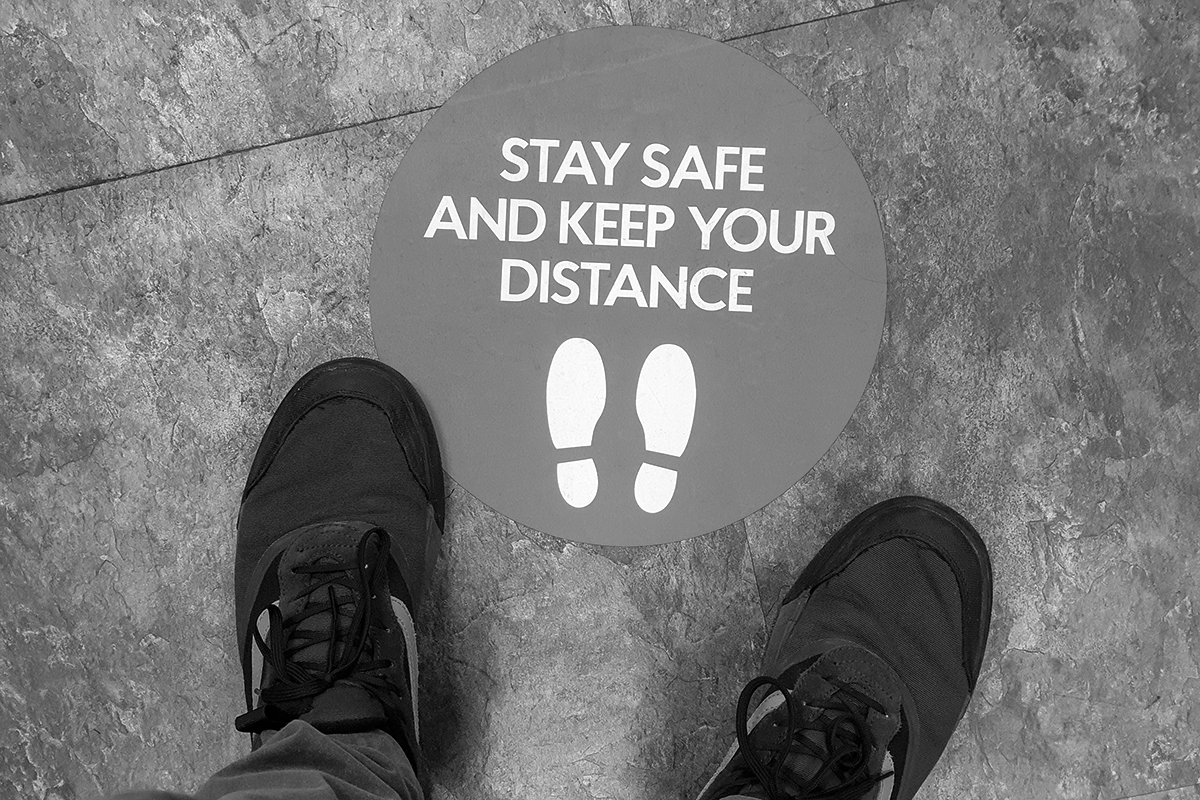Unique Ways Companies Are Adapting to Social Distancing
By DirectorCorps

May 11, 2020 Healthcare
The rules for social distancing, even as businesses reopen again, could remain in place informally until a vaccine is developed. How companies adapt to the social distancing norms could help them survive or flounder.
In conversations with management, directors should learn how the company’s operations have likely changed due to the rise of social distancing. Social distancing can alter marketing plans, product rollouts, logistics and approaches to operations. Not to mention, a business may face lawsuits, if social distancing isn’t implemented and a breakout occurs within the company’s facilities.
CVS Health’s pharmacies may offer one of the most striking approaches in shifting operations toward a socially distant future. It’s working with United Parcel Service (UPS) to deliver pharmaceuticals to patients via drone at a Florida retirement community.
Nursing homes and retirement facilities have been hit particularly hard from the coronavirus outbreak. CVS’s plan will allow residents of The Villages, where 135,000 people live, to order via the drone service. A drone will drop off prescriptions to a nearby UPS store. Then a driver will deliver the drugs to the person’s home.
“Our new drone delivery service will help CVS provide safe and efficient deliveries of medicines to this large retirement community, enabling residents to receive medications without leaving their homes,” says Scott Price, UPS chief strategy and transformation officer.
Real estate companies have made similar changes to allow those looking for a new home to see places without face-to-face interactions. Through virtual tours, buyers can wait to visit a house only once they’re close to making an offer, limiting the amount of interaction.
The U.S. Chamber of Commerce has found that consumers have changed in other ways as well, due to social distancing. They’re seeking digital experiences and prefer to buy in bulk. The pandemic has also changed how companies view shelving and storage. As people rushed to buy essentials, grocery stores and markets scrambled to keep pace with the demand.
“The current crisis, [Ronen Lazar, CEO of enterprise solutions platform INTURN, said,] highlights the need for retailers and manufacturers to improve their digital supply chain operations to better balance the desire for lean inventories with the need to be ready for surges in demand,” writes the Chamber.
While this change may not occur until after this initial crisis wanes, boards should question managers on how they plan for rapid future changes in inventory and demand.
Internally, they will also need to take measures to protect employees. By tracking efforts to keep employees and customers distant and safe, a board will “will mitigate the risk of liability,” writes lawyers for the firm Bryan Cave Leighton Paisner.
